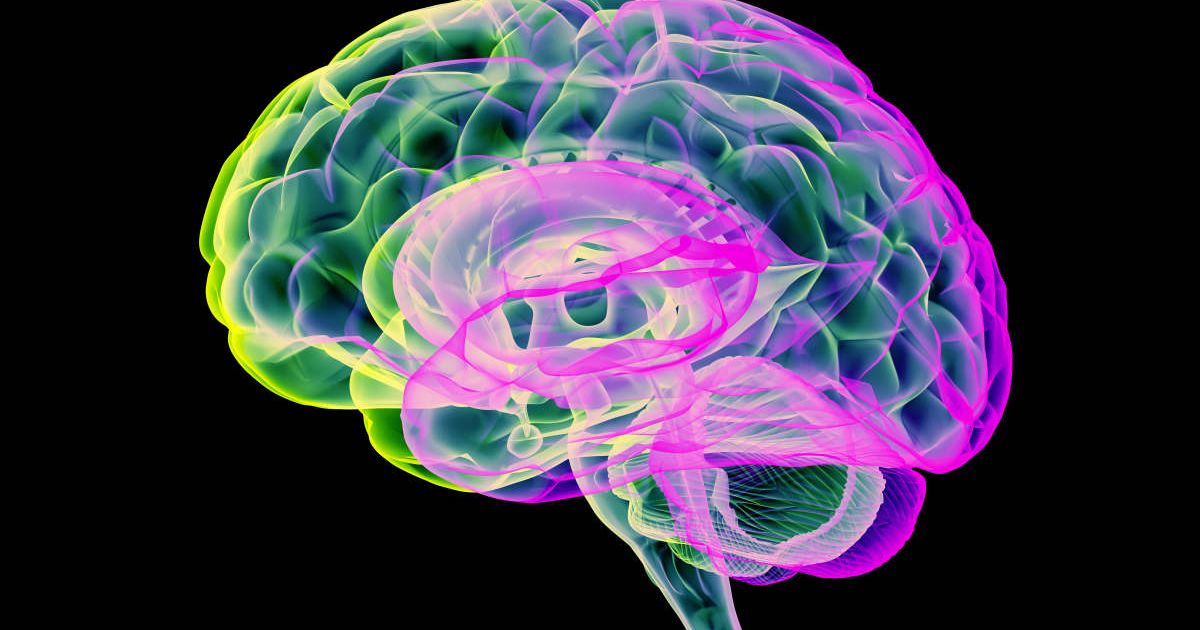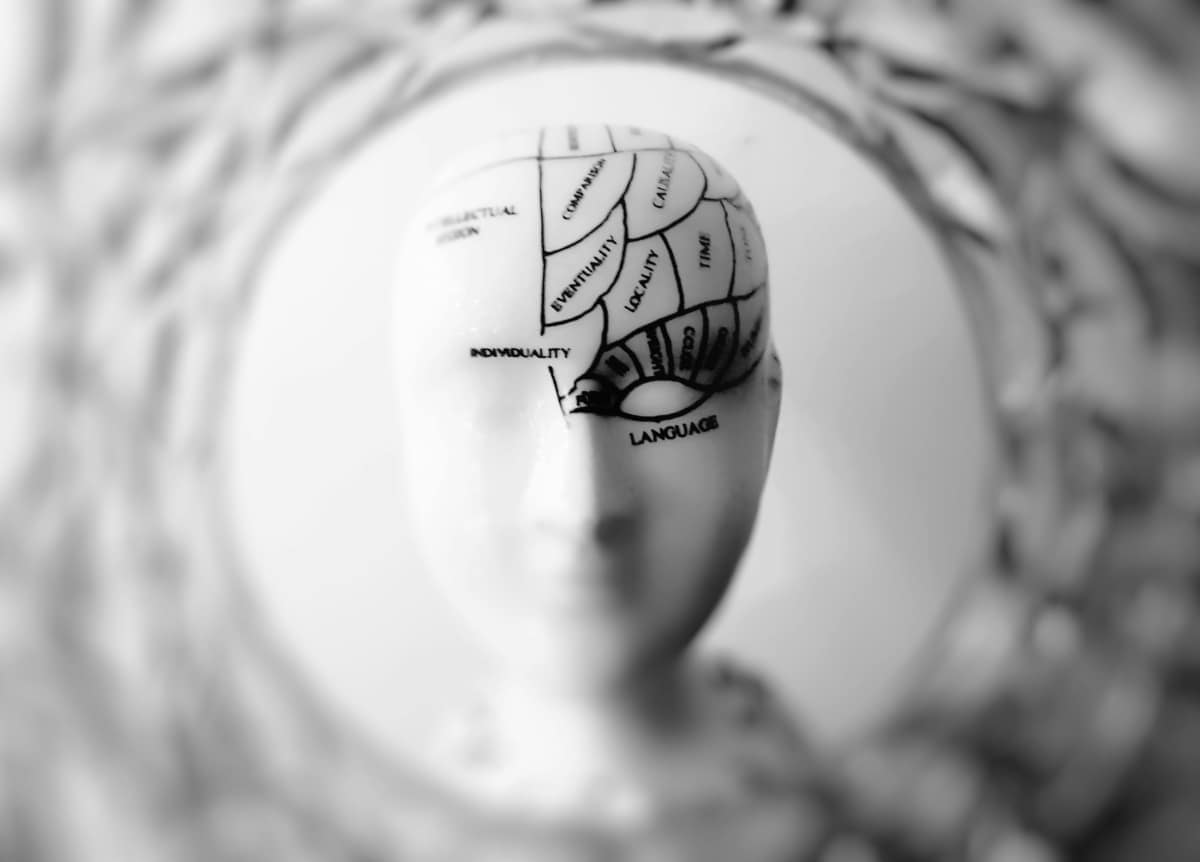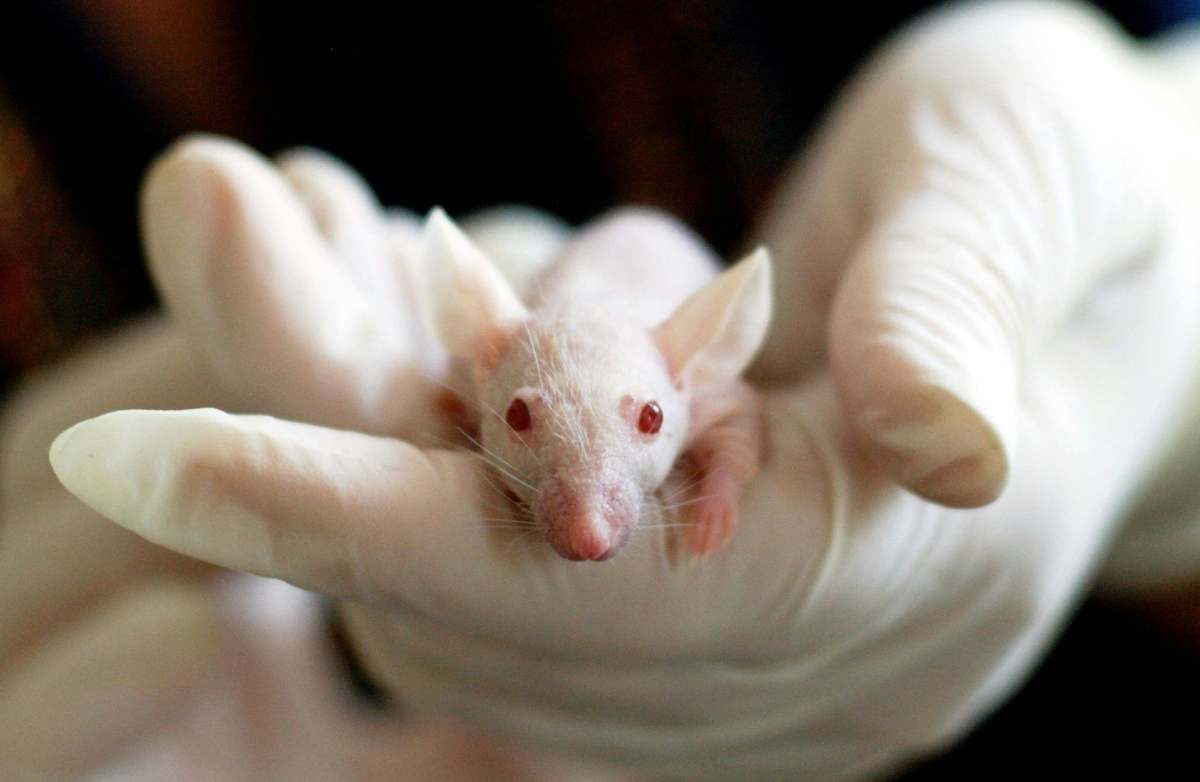For the first time, researchers created brain-wide map to learn what happens in brain when making decision

Researchers have invented a map showing how the brain functions during decision-making; it has been described in detail in the journal Nature. The insights gathered by the team of experts have been distributed in two papers. One paper describes the electrical activity that occurs in the brain during decision-making, while the other showcases how expectations have a crucial part in the choices taken by individuals. For this examination, researchers analyzed neural activity in 139 mice and considered the activity displayed by 600,000 neurons in 279 areas of the brain.

Largest Ever Dataset
During the examination, researchers considered 95% of a mouse's brain, according to CNN. Regarding the number of subjects and the area of the brain analyzed in the study, the resulting dataset is the largest ever concerning neural activity. Dr. Paul W. Glimcher, chair of the department of neuroscience and physiology and director of the Neuroscience Institute at New York University's Grossman School of Medicine, calls the endeavor a major event in the history of neuroscience. To create this neural map, experts from 22 labs worldwide cooperated. Insights gathered by each lab were shared with others using a standardized procedure.
The study stands apart from others due to the large brain area it considered, according to Phys.org. Before this evaluation, studies focused only on a small cluster of brain cells. However, as years have passed, experts started to claim that this dataset is inadequate, as they suspect much more of the brain to be involved in decision-making. The consortium involved in this examination has been named the International Brain Laboratory (IBL).
Evaluation Conducted on Mice
For the examination, researchers put mice in front of a screen that intermittently exhibited a black-and-white striped circle on either the left or right side. They managed to establish to the subjects that if they moved the circle to the center through the steering wheel in front of them, they would be rewarded with a sip of sugar water. It showed their decision-making skill. In some cases, the circle was faint, which implied that in order to control it, the subjects needed to acknowledge their past experiences. It revealed how expectations shaped choices in creatures.

High-density electrodes were attached to the mice while they were undergoing the examinations. These electrodes helped researchers in recording brain activity taking place during these activities. Researchers monitored hundreds of neurons across several neural regions simultaneously and gathered some intriguing insights. To have accurate readings, the brain's regions were divided amongst participating labs, with one lab concentrating on a single region.
Findings from the Evaluation
The gathered data revealed that during decision-making, electrical activity happens all across the brain, even in parts associated with movement and not cognition. Experts found activity even in those regions, which they previously believed had no connection to this process. The study also confirmed the previous hypothesis that the brain accesses prior knowledge before making any choice or decision. The data indicate that when the circle was faint, the brain considered prior knowledge about the situation and moved ahead with the expectations it had formed.
View this post on Instagram
Researchers are hopeful that these groundbreaking findings inspire other neuroscientists to take the same route. More expansive studies mean further insights about the elusive brain. "We're really hoping that this is going to inspire other groups to start working with this kind of approach," Alexandre Pouget, a full professor in basic neuroscience at the University of Geneva, shared.